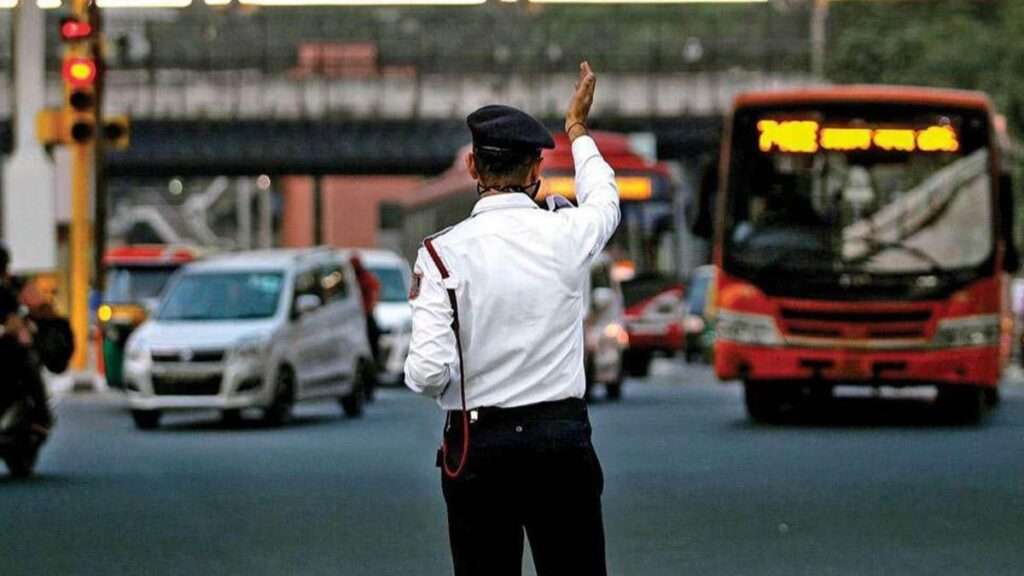In a revealing development highlighting enforcement and compliance challenges, data from the Ministry of Road Transport and Highways indicates that while Indian traffic authorities issued ₹12,000 crore worth of challans (traffic fines) in 2024, only ₹9,000 crore has been recovered to date. The significant shortfall of ₹3,000 crore has raised concerns over the effectiveness of the current traffic penalty enforcement mechanisms and the broader implications for road safety in India.
The figure, sourced from the central government’s traffic violation database, represents a nationwide summary of fines issued under the Motor Vehicles Act. With the proliferation of digital e-challan systems and the integration of AI-powered surveillance cameras across major cities, enforcement has become more streamlined. Yet, the data underscores a glaring issue: while the number of violations identified is increasing, actual compliance with penalty payments lags behind.
Experts attribute the discrepancy to a range of factors including delayed payments, contested challans, and jurisdictional limitations on recovery. According to road safety analyst Piyush Mehta, “The transition to digital challan systems has increased transparency and detection, but payment enforcement continues to be patchy, especially in semi-urban and rural areas. A stronger mechanism for follow-up and legal recourse is needed.”
A state-wise breakdown shows that Maharashtra, Delhi, Tamil Nadu, and Uttar Pradesh accounted for nearly 60% of the total fines issued, reflecting the high vehicular density and frequency of violations in these regions. However, recovery rates varied sharply: while Delhi reported an 85% payment compliance rate, some states managed to collect less than half of the fines issued.
Keyword analysis of this trend reveals recurring themes: “e-challan compliance,” “traffic fine collection,” “road safety enforcement,” “Motor Vehicles Act 2024,” and “digital traffic surveillance.” These terms not only define the administrative landscape but also serve as focal points for public discourse and policy intervention.
In recent years, the government has focused on strengthening road safety through stricter penalties and better enforcement under the revised Motor Vehicles Act. Despite these initiatives, India continues to witness over 1.5 lakh road accident-related deaths annually — a statistic that underscores the need for better deterrents and behavior change among motorists.
To address the compliance gap, the Ministry is reportedly considering policy enhancements such as integrating e-challan dues with vehicle registration and insurance renewals. Additionally, public awareness campaigns and real-time notification systems are being expanded to improve payment turnaround and reduce repeat violations.
The ₹3,000 crore deficit is not just a revenue concern; it reflects the deeper issue of accountability and enforcement in India’s road transport ecosystem. As urban mobility grows and road safety becomes increasingly vital, policymakers, law enforcement agencies, and the public must work in tandem to ensure that digital systems are not just efficient in detection but also in deterrence.
In conclusion, while the increased issuance of traffic challans in 2024 signals an improvement in monitoring, the underwhelming recovery rate poses a serious challenge to the goals of safer roads and responsible driving behavior. Closing this enforcement gap will be critical in ensuring the success of India’s road safety ambitions in the coming years.



